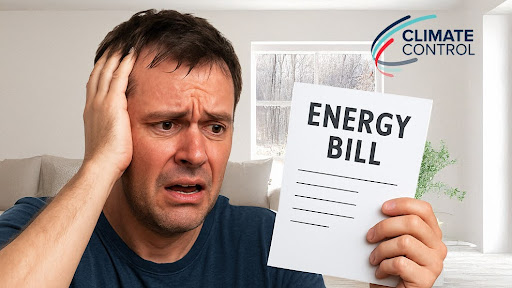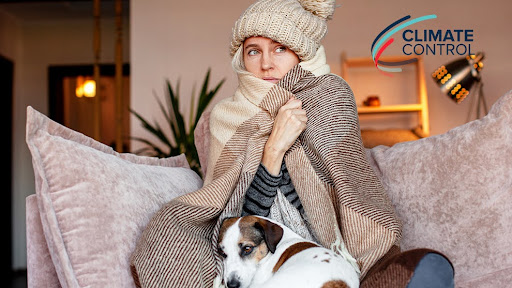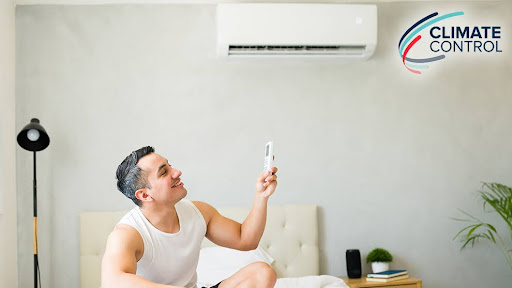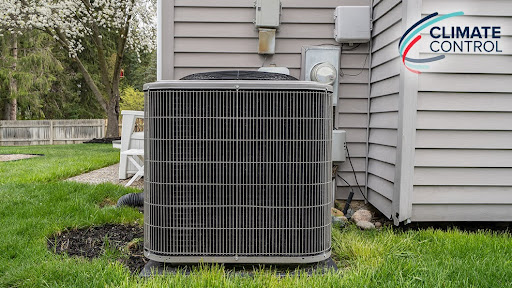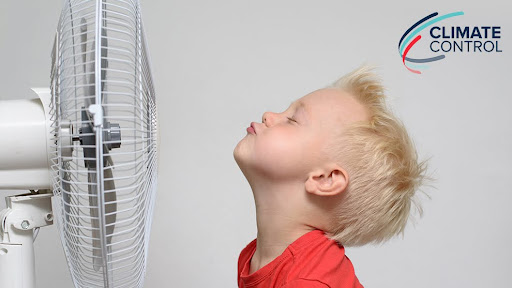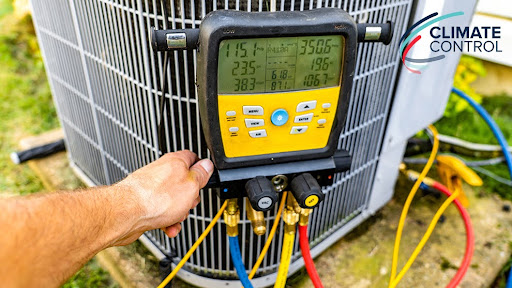From spark ignition to sidewall venting, condensing gas furnaces deliver great performance unmatched by conventional furnaces. Take a tour of the components and features that make the cold outdoors seem worlds away.Efficient combustion
Each component of condensing gas furnaces has been redesigned for greater efficiency, comfort and safety. The following components provide for more efficient combustion:
- When the furnace control board receives a call for heat from the thermostat, a modulating gas valve sends gas to the combustion chamber.
- Electronic spark ignition, which replaces the standing pilot light common in older furnaces, ignites the gas.
Greater AFUE
Condensing gas furnaces reach very high percentages of fuel-to-heat conversion, as indicated by 98-plus percent AFUE ratings for some models. This is accomplished by utilizing dual heat exchangers.
- The primary heat exchanger converts fuel to sensible heat.
- The hot gas by-products move to a secondary heat exchanger, rather than venting through the flue or chimney.
- The hot exhaust gases are condensed, and latent heat is extracted and converted to usable heat for the home.
Precise comfort control
Western Colorado homeowners can enjoy precise comfort control with the combined efforts of these components:
- Variable-capacity blowers typically operate at speeds well below full capacity, which provides smooth and even heating throughout the home, and saves electricity.
- The variable-capacity blower, in conjunction with the modulating gas valve, regulates heat output and airflow through the ductwork into the living spaces with adjustments as precise as 1 percent.
Safer operation
Sealed combustion, along with sealed air intake and exhaust (sidewall venting), combine to isolate furnace components which protects the components from corrosion, as well as protecting household occupants from the dangers of back-drafting.
- Sealed sidewall venting provides air from outside the home for fuel combustion inside the sealed combustion chamber.
- Exhaust gases leaving the secondary heat exchanger are cooled to the point that sidewall venting is possible (rather than hot exhaust gases flowing up the chimney).
- Some exhaust is cooled and condensed into an acidic liquid, which safely flows to a floor drain.
If you would like more information about condensing gas furnaces, contact us at Climate Control Company serving communities on Colorado’s Western Slope.
Our goal is to help educate our customers in Aspen, Vail and the surrounding Western slope communities in Colorado about energy and home comfort issues (specific to HVAC systems). For more information about gas furnaces and other HVAC topics, please visit our website.
Image courtesy of Shutterstock

